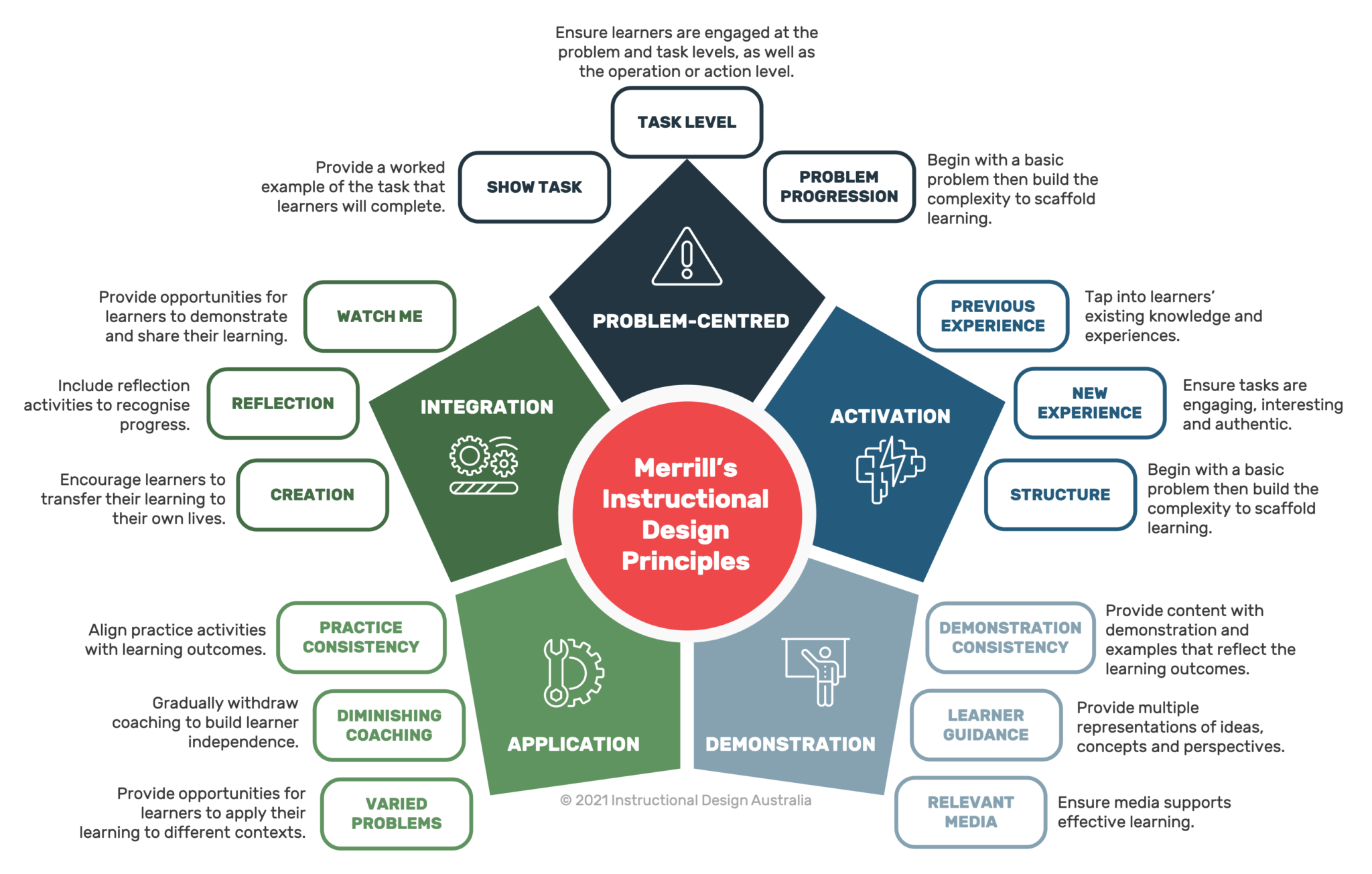Table Of Content

Unity in design and style is essential for the success of your design. Unlike natural patterns, geometric patterns are also popular among designers. Using patterns gives your brand the edge to use them in more applications and backdrops and even form a design motif that can become a centerpiece at events.
Learn How Adobe Integrates Nielsen and Molich's Ten User Interface Design Guidelines
Designers use principles such as visibility, findability and learnability to address basic human behaviors. Before writing your design principles, you need to identify the values essential for the success of your product or service. These important values may have been captured in vision statements or project briefs.
What Are the Principles of Design Used For?
It can be rough, smooth, hard, or soft to the touch or simply appear that way. Color provides the most psychological aspect of design, as it's how most humans see reality. In design, color tells a story, sets the mood, and adds character and personality. Shapes are two-dimensional and can range from simple organic shapes to one's more complex, like geometric shapes. The points in this image form the start and end of all the lines, including the mountains, clouds, and the moon. You probably hear the term thrown around a lot, whether it’s about the design of the newest Tesla car or the launch of a new designer clothing label.
Why people choose Coursera for their career

The importance and usefulness principle is a design principle that focuses on the value and usefulness of your designs. It’s an important principle because it helps you to focus less on aesthetics and more on your customer’s needs. Alignment refers to how visual elements are lined up, ordered, and structured in comparison to one another and in comparison to the whole design. They will recognize and distinguish its voice and tone from other brands. There can also be a search bar for users to enter keywords to search for a specific topic and save time. There are two very different elements next to one another, but one catches the eye the most and demands your attention.
#9 Testing is the key
Many people refer to unity in design as harmony and the comparison with music is appropriate! If you’ve been unlucky enough to hear music that makes you question your sanity… you already understand how a lack of unity can ruin a design. If everything on your page looks like it has the same importance, then nothing appears important.
Develop, build and train generative AI models that proactively address child safety risks.
Unity also helps ensure concepts are being communicated in a clear, cohesive fashion. Designs with good unity also appear to be more organized and of higher quality and authority than designs with poor unity. The principles of design aren’t intended to stop you in your creative process and to adhere. They are defined to ensure that whatever you do meets the standards of what brand communication should be.
It creates consistency, especially in web design tools, where things like colors and buttons need congruence to build trust and familiarity. Color, value, and texture are just a few ways to achieve this, but also principles such as contrast movement and proportion. Lines are the most essential elements in design, forming a distinct mark between two points. Lines can be straight or curved, thick or thin, and are necessary for creating shapes. Pattern happens when an object, image, or symbol is uniformly repeated throughout a visual composition.
The number one rule of design is variety — you want to give people options so they can find something they like or will use. Variety helps people get what they need from your design in the way they want it — no more scrolling through pages of choices trying to find one item that fits all of their needs! If you only have one option available, then they’ll have to adapt themselves to fit into that one option rather than getting what they need out of it.
10 Essential Mobile App UI Design Principles for Building Outstanding Apps - hackernoon.com
10 Essential Mobile App UI Design Principles for Building Outstanding Apps.
Posted: Thu, 28 Sep 2023 07:00:00 GMT [source]
Texture
Making the content more engaging and more comfortable to read can positively impact the conversion rate. Use language that indicates that access to the product or service may be limited, i.e., use the FOMO approach. This will make visitors more motivated to take action and to do so faster in order not to miss a unique opportunity. Try to personalize your message so that the recipient perceives it more individually. The key is content with a strong narrative that appeals to the audience’s emotions and personal circumstances. People want to hear how the product or service might influence their lives or work.
Focus on emotion – the pleasure of use is as vital as ease of use; arouse users’ passion for increasing engagement. Use defaults wisely – when you offer predetermined, well-considered options, you help minimize users’ decisions and increase efficiency. Show users where they’ve come from and where they’re headed with signposts/cues.
Repeating or alternating a group of different elements in the same order and at specific intervals is a way to create rhythm in design. They create different focal areas for each point in time to effectively capture the viewer's attention, moving from one element to another in a well-thought-out directed sequence. Good contrast goes hand in hand with accessibility best practices and creating usable products and services for everyone. It's necassary to take into consideration people with visual impairments. There are different types of contrast, such as color contrast or size, shape, or texture contrast. When there is an emphasis on a design element, it means that the specific object is highlighted from the rest and is therefore of great significance and importance.

No comments:
Post a Comment